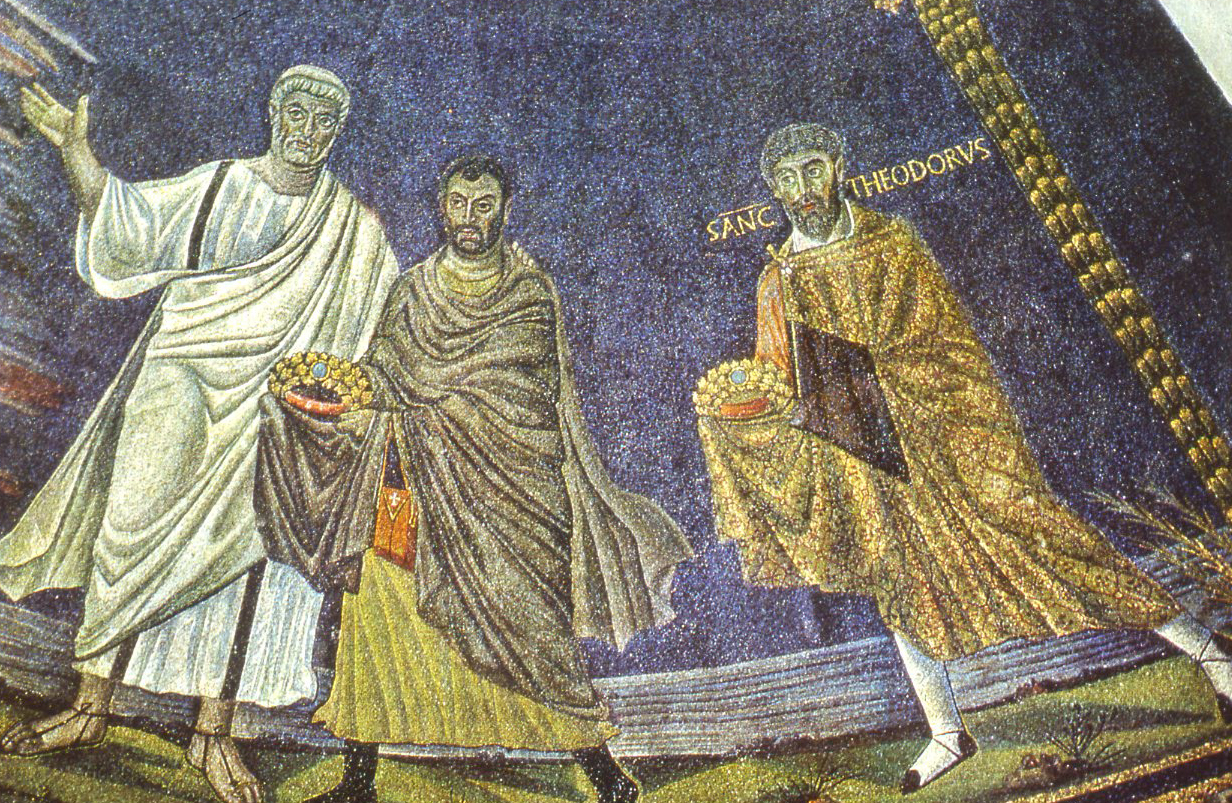About the Project
The Saints have been a powerful presence within Christian culture, initially as a unifying force, with all Christians believing that saints could intercede for us in the court of Heaven, and with the cult of some saints straddling the entire Christian world – both well-attested and major figures, like the Apostles, and other much more shadowy figures, like St George. But with the Reformation and the Enlightenment they also became divisive – at best, dismissed as a distraction from God, or, at worst, seen as a hang-over from polytheism.
Saints, understood as perfect followers of Christ and as examples to follow, always existed within the Christian tradition: in the Gospels there are the Apostles, and Jesus’ companions; in Acts we meet Stephen, the first martyr, and a new generation of holy men and women, led by Paul the apostle to the Gentiles. But the cult of saints did not fully emerge until the fourth century; before this, saints were remembered with due respect, but no power was attributed to them after death. In the fourth century all this changed: across Christendom, from the Atlantic to Persia and beyond, Christians came to believe that the saints in heaven could help them on earth, and that they might respond to appeals for aid with matters both momentous, such as preventing war and famine, and purely personal, like ensuring fertility, or even curing a headache. Furthermore, this saintly power was believed to be concentrated around their dead bodies, or in objects that had come in close contact with them, whether in life or after death. The full apparatus of the cult of saints burgeoned: churches were built over their graves; pilgrims flocked to the major shrines, many of them seeking a specific remedy; saints’ relics were assiduously collected and distributed; their Lives and miracle stories were written; altars, chapels and churches were dedicated to them; communities adopted them as their special protectors.
As well as charting the development of cult practices, the project will shed light on the complex relationship between the saints and the societies that honoured them: the dialogue between local practice and official attempts to control cult; the interaction between the power of great saints and that of lesser, purely local, figures; the relationship between transport, commerce and pilgrimage; the economic and political influence of saints; the social bodies promoting cult, their motives, and their success or failure. The project will, for the first time, examine the cult of saints, in all its manifestations, across the whole of Christendom: the Syriac-speaking world, that reached from beyond Persia into Rome’s near-eastern provinces; Armenia and Georgia, which both claimed apostolic origins for their churches; Coptic Egypt, central in the evolution of monasticism; the Greek-speaking world, spanning the eastern Mediterranean; and the Latins of the West, reaching beyond the frontiers of the empire into Ireland.

